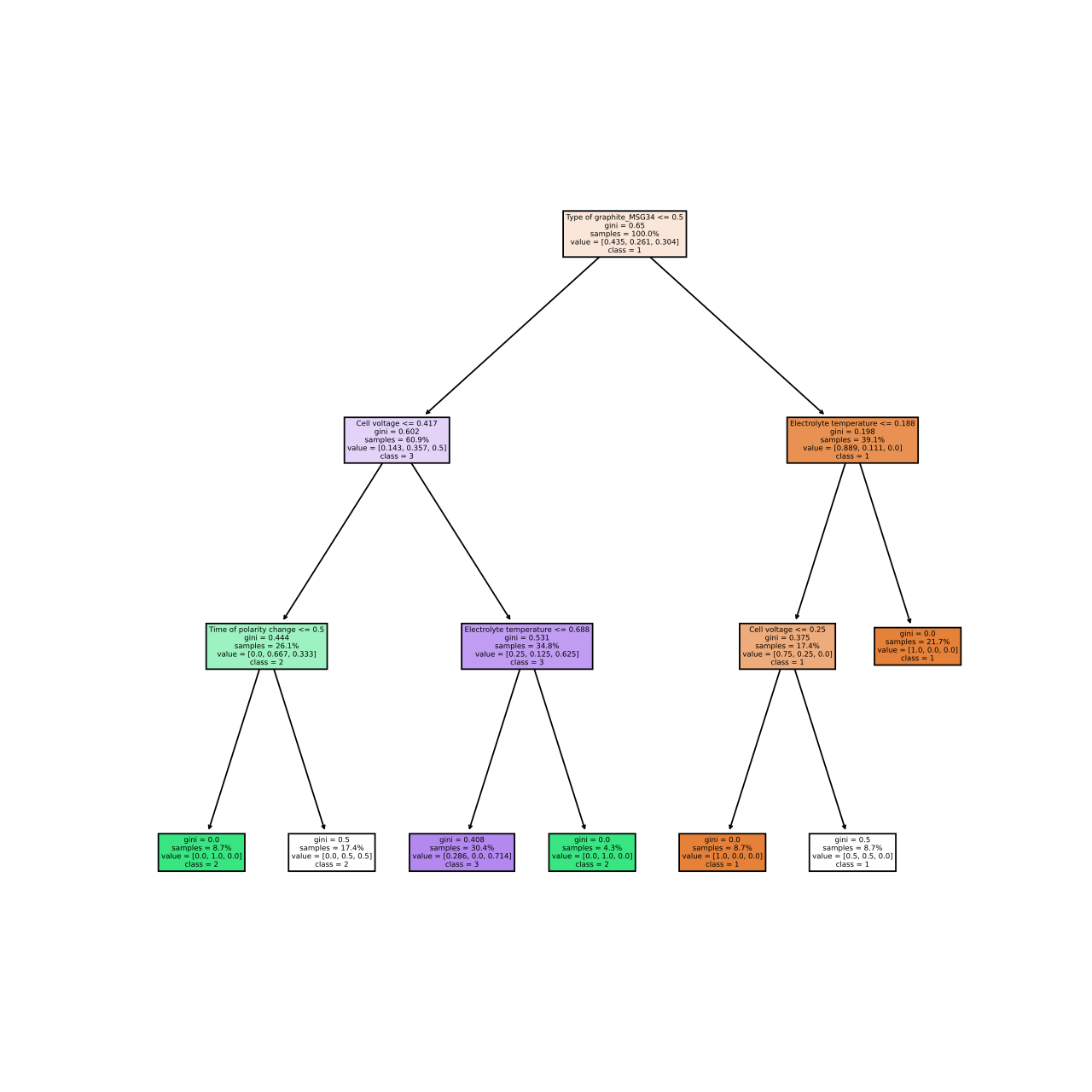Status
Completed
Period
22 February-10 March 2023
Applicant
Prof. Beti Andonovic
Home Institution
Faculty of Technology and Metallurgy, “Sts. Cyril and Methodius” University, Skopje, North Macedonia
Host Contact
Prof. Ana Vukelic
Host Institution
Faculty of Food Technology and Biotechnology, University of Zagreb, Zagreb, Croatia
Aim of the mission
The purpose of this STSM is tightly related to inferring the underlying relationship between the parameters and the quality of graphene samples which are experimentally produced by electrolysis in molten salts, followed by determining their topological indices. This work uses explainable tree-based machine learning (ML) models. Several models for our obtained samples are to be trained. The expected result is to enable high-yield production of certain quality samples which are much cheaper to graphenes that are obtained by other technologies.
Summary of the Results
It was possible to train a model that can guide and optimize the production process of graphene, which is otherwise challenging to control without expensive equipment. Symbolic machine learning algorithms were used to extract valuable descriptive features, resulting in possible high-yield graphene samples with improved quality and highly decreased defect levels. A decision tree model was created to characterize the graphene samples and provide information about the relationship between their quality and input parameters. The descriptive rules from the model with a satisfactory performance evaluation metric can be used to produce more optimal graphene samples. The best model provided a valuable novel tool in producing controlled, high-yield graphene samples of certain (desired and various) quality, which can later be applied in various fields.
Dissemination
The results will be presented at upcoming conferences this year (already submitted and approved with corresponding acknowledgment at ENTRENOVA 2023) and prepared for publishing in relevant scientific journals. The collaboration and introduction of ML into carbon nanotechnologies open doors to novel techniques and aspects of existing or future research, providing a base for new project applications by gathering corresponding teams from people who are members of different WGs of this COST Action.

